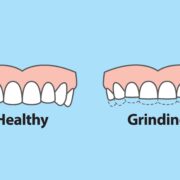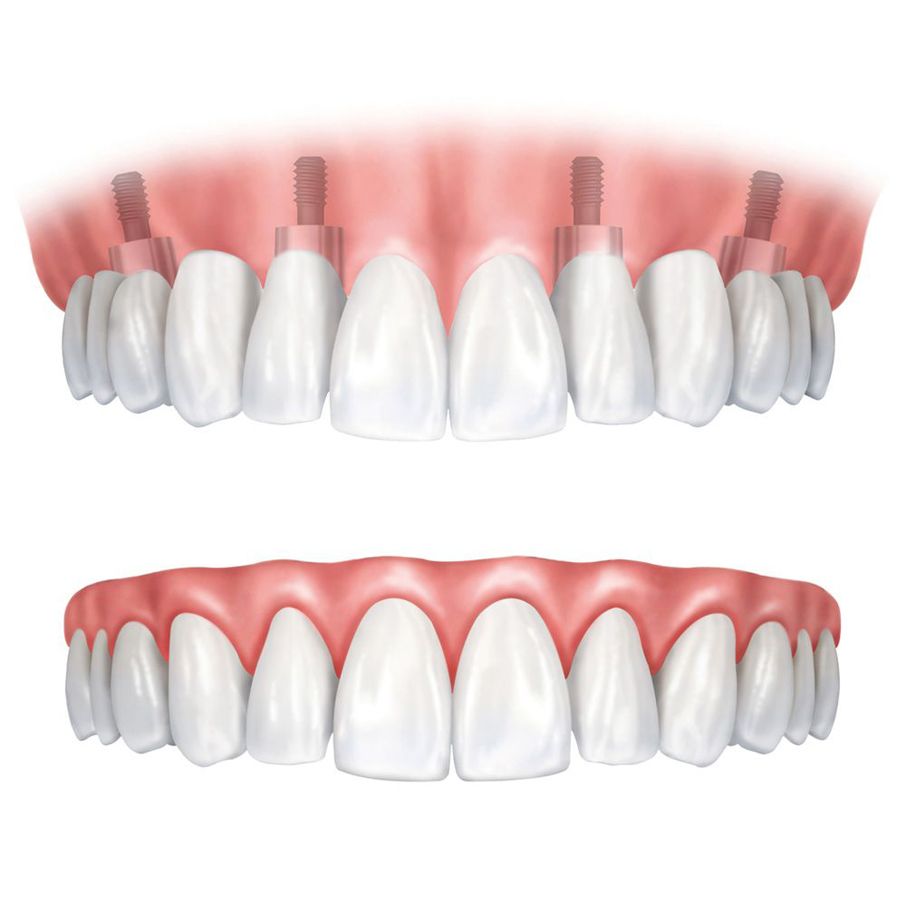It can be quite difficult to manage a gum boil after a root canal. It’s like working through a puzzle you never realized you had signed up for. Don’t worry, though—you’re not the only one. Together, we will solve this dental riddle and choose the best course of action by exploring the world of dentistry. We’ll explore the specific reasons behind gum boils that may appear after a root canal in this tutorial, along with their causes and effects. Additionally, we will provide you with information about successful gum boil treatment so that you are prepared to handle this unanticipated turn in your dental journey. Together, let’s get the gum boil tale explained.
Gum Boil after Root Canal: What Does It Mean?
Causes and Risk Factors
The fundamental causes and risk factors of gum boils that develop following root canal treatment must be understood. Dr. Chirag Chamria clarifies that bacterial infections are frequently the cause of gum boils and tooth abscesses. After a root canal, germs may re-enter the treated tooth or the tissues around it, leading to infection.
| Primary Causes | Risk Factors |
|---|---|
| Incomplete removal of infected pulp during the root canal procedure. | Poor oral hygiene practices. |
| The presence of additional canals may go unnoticed during treatment. | Weak immune system. |
| Compromised tooth restoration that allows bacteria to re-enter. | Untreated cavities lead to the need for a root canal. |
Symptoms and Identification
Understanding the signs of a gum boil following a root canal is like cracking a dental code. Dr. Chamria emphasizes the need to be watchful and obtain expert help as soon as something seems off.
Common Symptoms Of Gum Boil after Root Canal
- Throbbing pain: Persistent and often intense pain in the affected tooth or gum.
- Swelling: Noticeable inflammation around the site of the root canal.
- Pimple-like Bump: Formation of a visible bump, or boil on the gum.
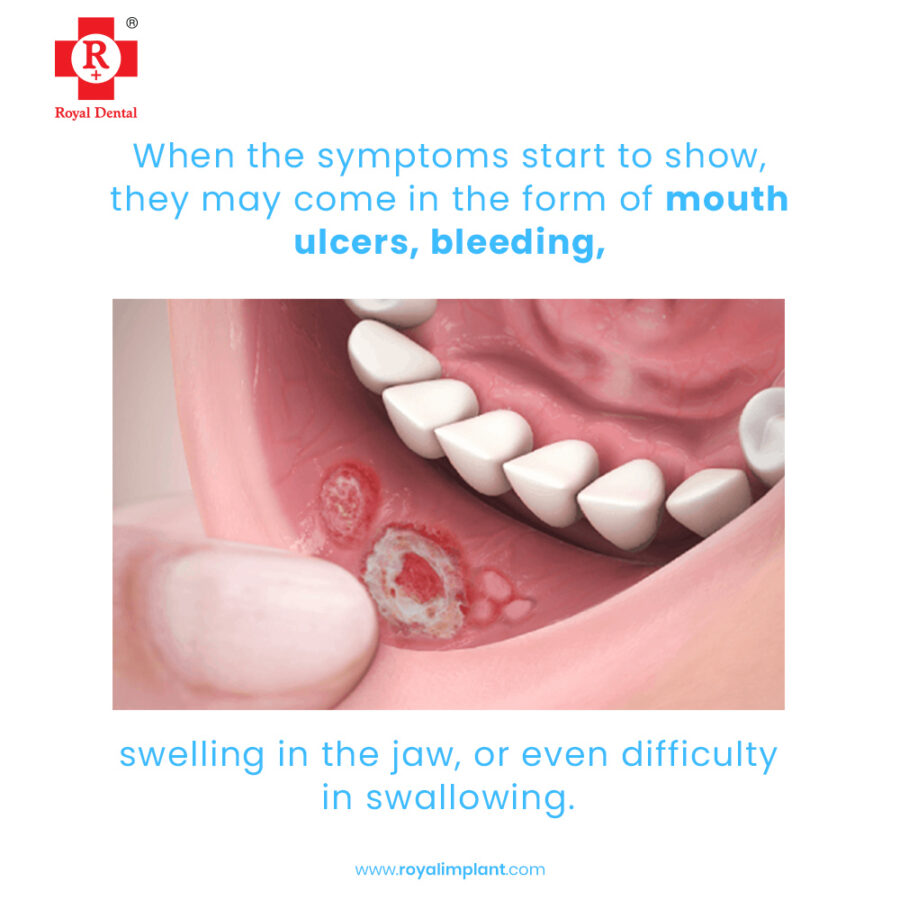
Importance of Timely Action
When it comes to dental health, time is of the essence, particularly when dealing with a post-root canal gum boil. Dr. Chamria stresses the need for prompt intervention in order to avoid problems and guarantee a more seamless recovery.
Key Reasons for Timely Action
- Prompt treatment helps contain and eliminate the bacterial infection, preventing it from spreading to other areas.
- Early intervention not only addresses the root cause but also provides relief from the discomfort and pain associated with a gum boil.
- Timely action reduces the risk of complications such as the formation of dental cysts, which can have more severe consequences.
Dr. Chirag Chamria’s Insight On Root Canal Complication
Common Reasons for Gum Boil Development
Expert dentist Dr. Chirag Chamria clarifies the typical causes of gum boils that appear after a root canal. It is vital that individuals who are seeking clarification on unanticipated problems comprehend these triggers.
Contributing Factors
Future infections may arise if the diseased pulp is not completely removed during the root canal treatment, leaving behind bacterial traces. During the root canal procedure, it is possible to overlook some canals, leaving untreated portions that might later serve as bacterial breeding grounds. Ineffective restoration of the treated tooth may provide doors for bacterial re-entry and lead to the development of a gum boil.
Role of Infection in the Root Canal
Dr. Chamria explores the complex function of infection in relation to root canal therapy. He stresses that infections might develop chronic problems if they are not completely removed during the root canal process.
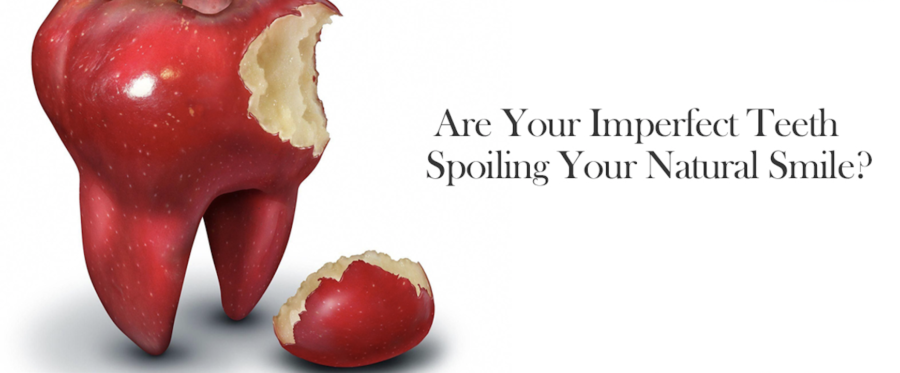
Critical Aspects
Even with careful cleaning, germs can survive in the tooth’s complex canal system and cause an infection to recur.
When a treated tooth is not well sealed, it can get re-infected, which can lead to a relapse of symptoms and the development of a gum boil. The problem may be made worse in certain instances by infections that start in the surrounding tissues.
Impact on Oral Health
Complications from root canal therapy have effects that go beyond the pain at first. Dr. Chamria highlights the need for complete care while clarifying the wider influence on oral health.
Long-term Consequences
Untreated infections have the potential to spread to nearby teeth and gums, resulting in a cascade of problems with oral health. Dental cysts can develop as a result of ongoing infections, which present a greater risk to nearby tissues and structures. Chronic discomfort from root canal issues can negatively impact oral function and overall quality of life.
Gum Boil Treatment Options
Primary Focus
When facing the challenge of a gum boil after a root canal, Dr. Chirag Chamria adopts a comprehensive approach to treatment, ensuring effective resolution and patient comfort.
Overview of Root Canal Re-treatment
In cases where a gum boil persists despite prior root canal treatment, Dr. Chamria often recommends a meticulous process known as root canal re-treatment. This involves revisiting the treated tooth, identifying any missed canals or areas of infection, and ensuring thorough cleaning and sealing.
Key Aspects:
- Precise Evaluation: Dr. Chamria emphasizes the importance of a detailed examination, often including X-rays, to identify any areas requiring re-treatment.
- Thorough Cleaning: The focus is on eliminating any remaining infection and ensuring a pristine environment within the tooth.
- Re-sealing the Tooth: Effective sealing of the treated tooth prevents further bacterial intrusion, reducing the risk of recurrence.
Importance of Antibiotics
In conjunction with root canal re-treatment, Dr. Chamria often prescribes antibiotics to tackle the bacterial infection systematically. Antibiotics play a pivotal role in preventing the spread of infections and aiding in the overall healing process.
Key Considerations:
Prescription Precision: Dr. Chamria tailors antibiotic prescriptions based on the specific nature and severity of the infection.
Completion of Course: Adhering to the full course of antibiotics is stressed to ensure the complete elimination of bacteria.
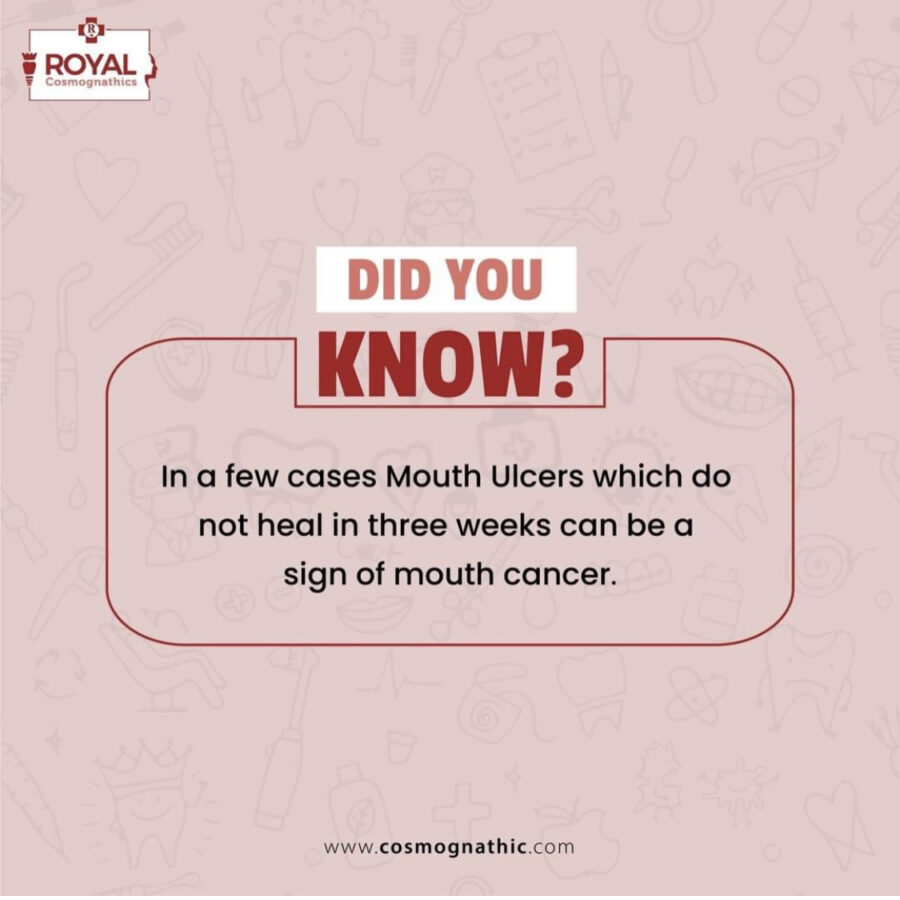
Alternative Treatments to Gum Boil After Root Canal
In certain scenarios, alternative treatments may be considered to complement the primary approach. Dr. Chamria sheds light on these options, providing patients with a spectrum of choices for their circumstances.
1. Surgical Drainage
When a gum boil reaches a point where it needs direct intervention, surgical drainage may be recommended. Dr. Chamria explains that this procedure involves making a small incision to allow for the drainage of accumulated pus, alleviating pain, and facilitating faster healing.
2. Warm Compresses and Home Remedies
For those seeking additional relief at home, Dr. Chamria advocates for the use of warm compresses on the affected area. This simple yet effective home remedy helps reduce swelling and discomfort, providing a soothing complement to professional treatment.
Role of Pain Management
Addressing pain is an integral aspect of gum boil treatment. Dr. Chamria highlights the importance of personalized pain management strategies, which may include prescribed pain relievers or over-the-counter medications.
Preventive Measures to Avoid Gum Boil after Root Canal
Importance of Proper Oral Hygiene
Dr. Chamria emphasizes that maintaining good dental hygiene is essential for avoiding gum boils following a root canal. Patients can considerably lower their risk of bacterial re-entry and subsequent illnesses by adhering to a strict and regular oral hygiene regimen.
Dr. Chamria advises patients to brush their teeth at least twice a day using fluoride toothpaste. Thorough brushing helps eliminate bacteria from the tooth surfaces and along the gumline.



Flossing is the unsung hero of oral hygiene. It reaches areas between teeth and along the gumline that a toothbrush might miss, preventing the buildup of bacteria.
Incorporating an antibacterial mouthwash into the daily routine can further enhance oral hygiene by reducing the presence of harmful bacteria.
Follow-up Care after Root Canal
Dr. Chamria places significant emphasis on the importance of diligent follow-up care after a root canal procedure. This phase is instrumental in ensuring that the treated tooth remains healthy and free from complications, including the development of gum boils.
Regular dental check-ups are paramount post-root canal. Dr. Chamria recommends periodic visits to monitor the treated tooth’s condition and address any emerging issues promptly.
Periodic X-rays allow for a comprehensive evaluation of the treated tooth’s internal structure. This helps identify any potential concerns, such as missed canals or signs of infection.
Following post-treatment instructions provided by the dentist is non-negotiable. This may include refraining from certain foods, avoiding excessive pressure on the treated tooth, and taking prescribed medications as directed.
Conclusion
In summary, managing gum boils following a root canal requires a combination of awareness and preventative treatment. As we go over the main topics, Dr. Chirag Chamria emphasizes the need for taking immediate action when you notice symptoms, providing comprehensive follow-up treatment, and the critical role that preventative measures play. Gum boil sufferers should avoid the difficulties they present by being aware of the causes, getting treatment as soon as possible, and practicing good dental hygiene. In closing, Dr. Chamria stresses that people can protect their teeth and enjoy the path to long-term dental health by making educated decisions and receiving continuous care.


